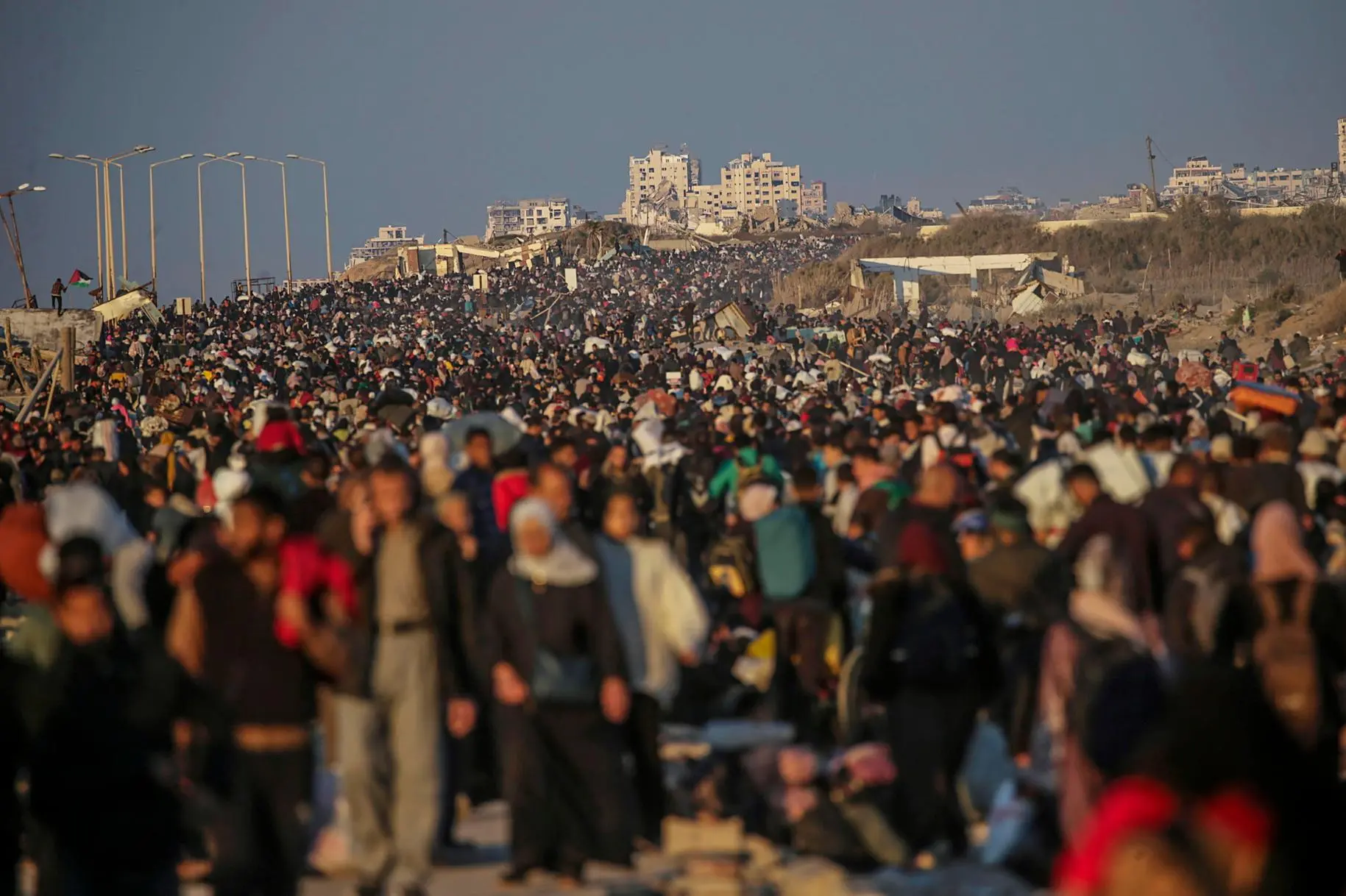Gaza, gigantic exodus towards the North: 300,000 civilians return home
Further release of hostages expected on Thursday, movement possible from early morningPer restare aggiornato entra nel nostro canale Whatsapp
300,000 civilians returned to northern Gaza on the first day the crossing was opened. They did so on foot or by car since the early hours of the morning: a river of displaced people poured into the northern part of the enclave. A human tide of packages, envelopes, carts, bicycles and even cars for the more fortunate: the few remains of a life gutted by yet another war in the Strip.
After intense negotiations, the government of Benjamin Netanyahu and Hamas have agreed to implement a further release of hostages on Thursday , when Arbel Yehud, soldier Agam Berger and another kidnapped person will be freed. In exchange, Israeli forces have agreed to allow the Gazans to pass through the Netzarim corridor - which divides the Strip in two - allowing them to return home, or what remains of it. An organized crossing that could take days of waiting, with Egyptian contractors inspecting people and cars with scanners to search for weapons and explosives, because the truce agreement stipulates that anyone returning north must be disarmed. And if on the one hand joy is the feeling that fills the crowd finally free to return home, on the other hand there remains the desolation of a land now reduced to desert and piles of rubble by 15 months of carpet bombing: according to government estimates, the population of Gaza City and the North will need 135,000 tents and caravans .
With the opening of the passage to the North, Hamas has claimed the return of the displaced as "a victory" for the Palestinian people and "the defeat of the occupation plans" and "displacement" proposed by US President Donald Trump, who in recent days has floated the idea of "cleaning" Gaza by transferring the Gazans to Jordan and Egypt. A proposal immediately condemned by the countries involved and other regional leaders, including the president of the Palestinian National Authority Abu Mazen. As expected, the idea has instead been liked by the Israeli far right, from Smotrich to Ben Gvir. And it could end up on the table of a meeting between the tycoon himself and Netanyahu: according to the Israeli portal Walla News, which cites three Israeli and American sources, the Israeli prime minister is ready to fly to the White House as early as next week - from 3 to 5 February - thus becoming the first foreign leader to visit Washington since the inauguration of the new US president.
Meanwhile, people in Israel remain divided between the relief of being able to embrace the first freed hostages and the grueling wait for those who remain in Gaza, while the Hamas list - validated by the Israeli government - tragically confirms that among the 33 hostages to be released in the first phase of the ceasefire, 8 will return to Israel dead .
(Unioneonline).
